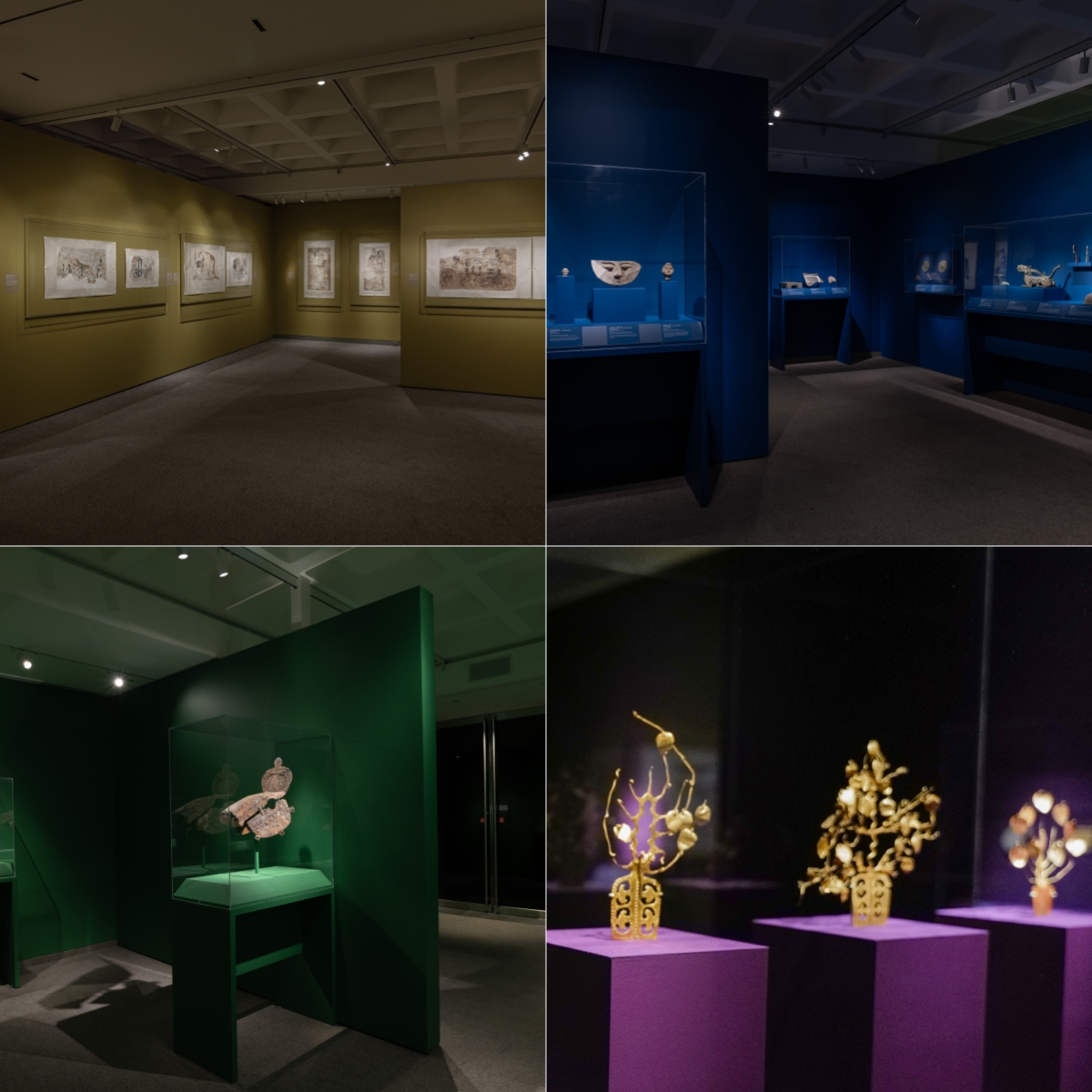Around 1,600 years ago, long before modern globalization, a vibrant cultural fusion emerged in the region of Northeast China known as “Dragon City”, i.e., present-day Chaoyang City in Liaoning Province. People from different corners of Asia converged on the region from the years 337 to 436.

The fascinating details are part of the exhibition at the China Institute Gallery in New York City, titled “Gold from Dragon City: Masterpieces of Three Yan from Liaoning, 337-436”, which opened on September 5. The stories of the Three Yan civilization established by the nomadic Murong Xianbei people are being presented in the US for the first time.
The exhibition is jointly organized by the China Institute Gallery and the Liaoning Provincial Museum. The highlight of the exhibition, a series of tree-shaped gold shimmering headdresses worn by the Murong Xianbei people, features swaying leaves, known as buyao in Chinese, which literally means “swaying with steps”. “Gold holds the greatest significance and value in Chinese culture. Within the broader historical framework of diversity and inclusiveness in Chinese culture, the Three Yan civilization is also a valuable part,” Liu Ning, deputy director of Liaoning Provincial Museum, said.
